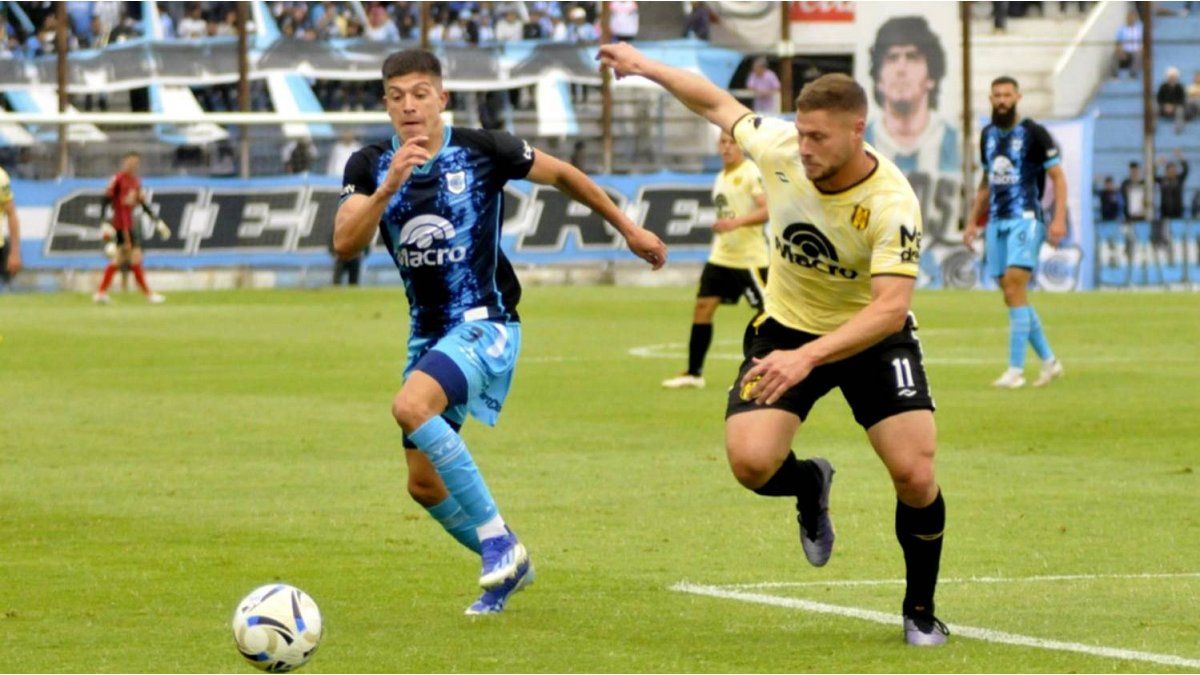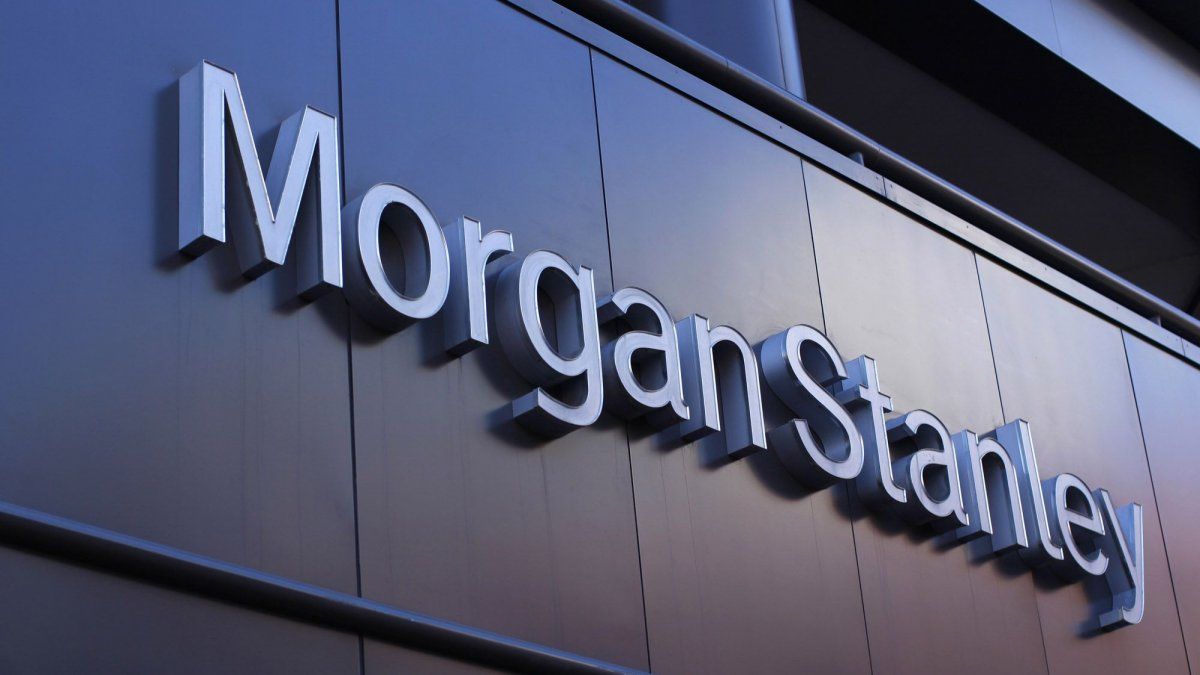LINZ/MÜHL QUARTER. If you want a functioning rail connection from the Oberen Mühlviertel to Linz, the railway line urgently needs to be expanded. That’s why all the communities between Puchenau and Aigen/Schlägl have joined together to form the “PRO Mühlkreisbahn” working group. A new study has now been commissioned together with the Leader regions of Urfahr-West and Danube-Bohemian Forest. In it, the strengthening of the combination of rail and tourism is processed. “We must now think about the future of our region, start the corresponding projects in good time and ensure a livable and environmentally friendly development,” says Mayor Klaus Falkinger, spokesman for PRO Mühlkreisbahn, describing the goals. He is convinced that one day “the ‘Granitexpress’ will travel from Vienna to the Obere Mühlviertel in two and a half hours”. But not only tourism development is highlighted in the Leader project.
Equip bus stops better
It is also necessary to adapt the infrastructure of the route to the new requirements. The former ÖBB regional manager Robert Struger has supported the working group as an expert from the very beginning and says: “It is important to develop visions for the future, because mobility will change fundamentally in the next few years. We need to make public transport easier to access overall. Above all, the station interface must be adapted to the new requirements.” In this way, old station buildings could be given new life, be it with bike stations, gastronomy or markets for regional products. “We don’t want empty stations, but stations that, in addition to new tasks, primarily reflect the needs of the customer,” says Struger. Waiting areas, sanitary areas and parking facilities for two-wheelers as well as charging stations for e-mobility are minimum requirements for stopping points.
The last meters
“How do I get from the train station to my living area?” This is the question many rail users ask themselves. That is why the topic of the “last mile” will also be one of the topics of the project. It is important to evaluate existing systems and adapt them to the circumstances accordingly. The aim is for the user of the train to get the best possible route from their front door to their destination.
Leopold Walli from Linz, who recently completed his civil engineering studies and in his master’s thesis dealt intensively with the acceleration and modernization of the Mühlkreisbahn, shows how all this could work. “The greatest potential for time lies in the steep, winding areas when they are straightened out,” says Walli, explaining his approach to the project. This saves you 20 minutes of travel time. In addition, he investigated an extension of the railway line to Klaffer and Schwarzenberg in the project, on the one hand to strengthen the development of rural areas, on the other hand to strengthen tourism and to examine the possibility of a “Bohemian Forest ring” to the Czech Republic and Germany.
electrification of the route
“If we seriously want to counteract climate change, then the entire length of the Mühlkreisbahn will have to be electrified,” everyone agrees. (fur)
Source: Nachrichten




